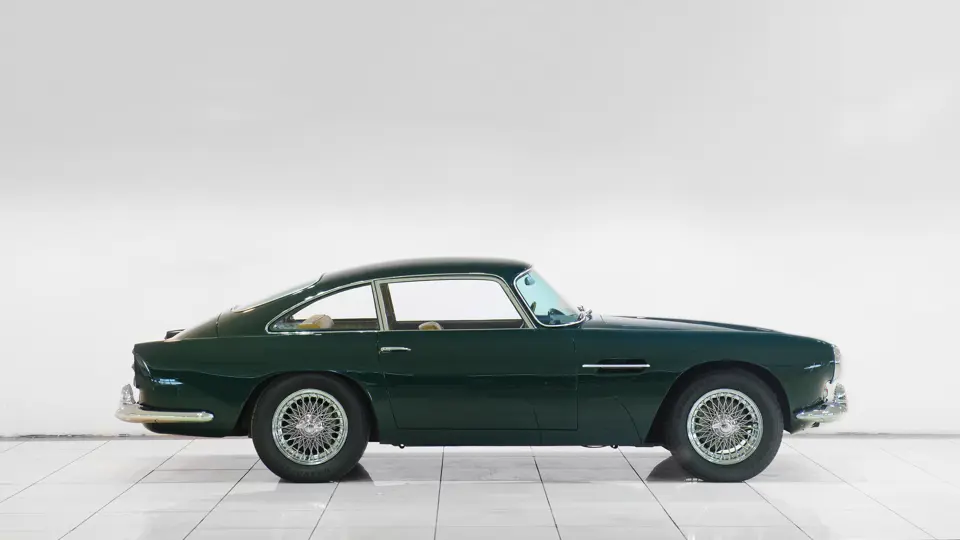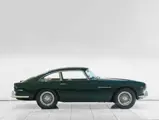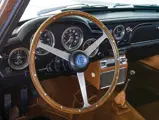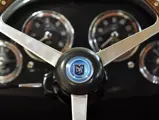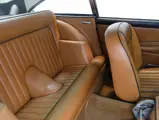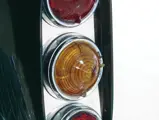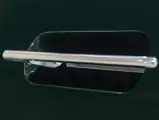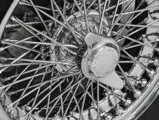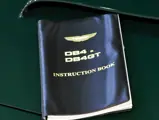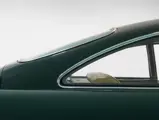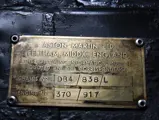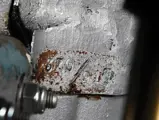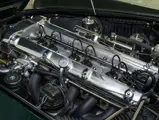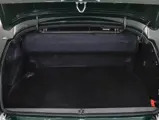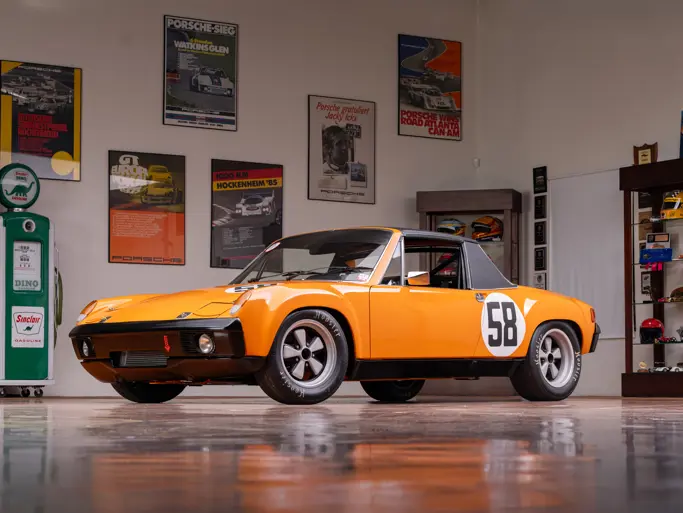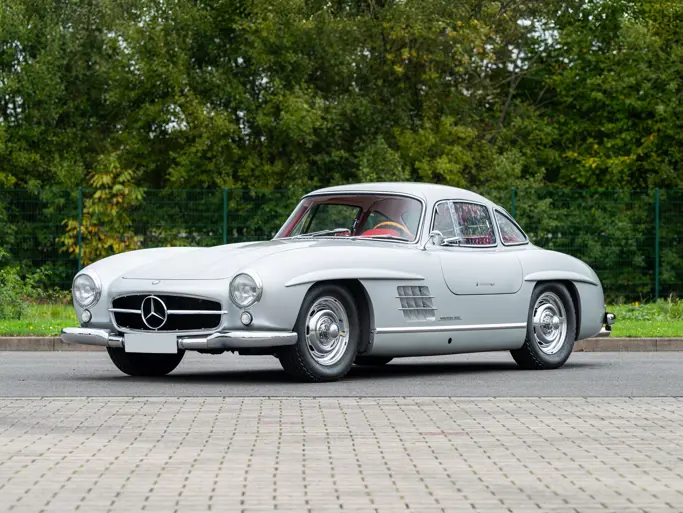
1962 Aston Martin DB4 Series IV
{{lr.item.text}}
€425,000 - €500,000 EUR | Not Sold
{{bidding.lot.reserveStatusFormatted}}
- Factory left-hand-drive example
- Retains its original, numbers-matching engine
- Beautifully finished in the attractive period colour combination of Goodwood Green over tan with contrasting piping
- Recent service and detail by Aston Martin main agents
- Modèle conduite à gauche d'origine
- Moteur d'origine, numéros concordants ("matching numbers")
- Superbe finition dans la séduisante combinaison de teintes" Goodwood Green" avec sellerie beige et passepoils contrastés
- Révision et travaux de finition récents par un des principaux agents Aston Martin
Veuillez noter que ce lot est entrée en Union Européenne pour cette vente sous le régime de l'importation temporaire. L'adjudicataire doit lever ce régime soit en exportant le lot en dehors de l'Union Européenne sur production d'un connaissement approuvé et accompagné des documents douaniers le concernant, soit en payant les droits de douanes et la TVA applicables si le lot doit rester dans l'UE.
240 bhp, 3,670 cc DOHC inline six-cylinder engine with dual SU carburettors, four-speed manual transmission, independent front suspension with upper and lower control arms, coil springs, and an anti-roll bar; live rear axle with Watt’s linkage, trailing links, and coil springs; and four-wheel hydraulic disc brakes. Wheelbase: 2,489 mm
Moteur six-cylindres en ligne, 3 670 cm³, 240 ch, 2 ACT, deux carburateurs SU, transmission manuelle quatre rapports, suspension avant indépendante à bras supérieurs et inférieurs, ressorts hélicoïdaux et barre antiroulis ; essieu arrière rigide avec ressorts hélicoïdaux, bras tirés et barre de Watt ; freins à disques à commande hydraulique sur les quatre roues. Empattement 2 489 mm.
The Aston Martin DB4 was a true turning point in the marque’s history, bringing together advanced British engineering, elegant Italian styling, and exceptional GT performance. The Harold Beech-designed rigid steel platform was all new, while the bodywork was styled by Touring of Milan, using their vaunted Superleggera construction process, with hand-formed aluminium alloy panels wrapped over small-diameter steel tubing. The result was a perfectly proportioned profile, which set the style template for the famous DB5 and later DB6 models that followed.
Performance output came thanks to a new Tadek Marek-designed engine, cast from aluminium and boasting prodigious torque. It was based on the DBR2 racing motor and was capable of propelling the DB4 to 141 mph, with four-wheel disc brakes to bring it down from speed (0–100–0 in 30 seconds!). When the car was launched in October 1958, the DB4 was among the fastest GT cars of its time—a true gentleman’s express.
As the DB4 underwent numerous running changes throughout its five-year lifespan, the Aston Martin Owners Club Register has separated DB4s into five series, which roughly correspond to the updates during production. The Series IV – the last of the ‘original proportion’ DB4s – featured a new grille with seven vertical bars, and rear lights were recessed into the bodywork, while the car’s bonnet scoop was lowered, all features which survived through the DB5.
Chassis number DB4/838/L was originally delivered to a Mr Fred McDonald in Ontario and delivered on 6 June 1962. Mr McDonald ordered his car with the option of a Motorola Radio, a feature which the car retains to this day. The Aston Martin build sheet (a copy of which is available with the car) records a second Ontario owner and ongoing factory documented service work. It is believed that the car has spent the vast majority of its life in North America before eventually crossing the Atlantic for a second time and joining the collection of its current custodian.
Today the car is beautifully finished in the attractive period colour combination of Goodwood Green over tan with contrasting piping and has been freshly serviced and detailed by Aston Martin main agents. Furthermore, it is offered with a correct owners handbook, tool kit, and jack. The DB4 should be considered one of the most influential automotive designs of the 20th century, setting the standard for style and performance in subsequent Aston Martin models, which continues to this day.
L'Aston Martin DB4 marque un véritable tournant dans l'histoire de la marque, car elle combine la brillante technique anglaise, l'élégant style italien et les performances exceptionnelles d'une GT. La plateforme rigide conçue par Harold Beech était complètement nouvelle, la carrosserie étant dessinée par Touring, de Milan, qui utilisait son procédé de fabrication Superleggera composé de panneaux d'aluminium posés sur des tubes d'acier de petit diamètre. Il en résultait une forme parfaitement proportionnée qui établissait le style des futures DB5 et DB6.
Les performances étaient obtenues grâce à un nouveau moteur en aluminium conçu par Tadek Marek, qui développait un couple très élevé. Il était dérivé du moteur DBR2 de compétition et permettait à la DB4 de dépasser 225 km/h en pointe, quatre freins à disques assurant des ralentissements efficaces (0-160-0 km/h en 30 s). Lors de son lancement en octobre 1958, la DB4 faisait partie des GT les plus rapides de son époque, un véritable express de gentleman.
La DB4 connaissait de nombreuses modifications au course de son existence, si bien que l'Aston Martin Owners Club Register l'a répartie en cinq séries, qui correspondent aux changements effectués pendant la production. La Série IV (la dernière des DB4 aux "proportions d'origine"), est dotée d'une nouvelle calandre comportant sept barrettes verticales et les feux arrière sont intégrés dans la carrosserie, alors que la prise d'air de capot est plus basse, autant de caractéristiques que l'on retrouvera sur la DB5.
La voiture portant le n° de châssis DB4/838/L a été livrée neuve le 6 juin 1962 à un M. Fred McDonald, dans l'Ontario (USA). Il a commandé sa voiture avec une radio Motorola en option, dont elle est encore équipée aujourd'hui. Sur la fiche usine (dont une copie est jointe au dossier de la voiture) apparaît un deuxième propriétaire dans l'Ontario, et des travaux documentés de révision régulières à l'usine. Il est probable que la voiture ait passé la plus grande partie de son existence en Amérique du Nord, avant de traverser l'Atlantique pour la deuxième fois et de rejoindre la collection de l'actuel propriétaire.
Aujourd'hui, la voiture présente une magnifique finition dans la séduisante combinaison de teintes d'époque, " Goodwood Green" avec sellerie beige et passepoils contrastés. Elle a été récemment révisée et contrôlée dans le détail par un des principaux agents Aston Martin. De plus, elle est vendue avec un manuel d'utilisateur, une trousse à outils et un cric corrects. La DB4 doit être considérée comme une des voitures les plus importantes du XXe siècle, car elle a posé les bases du style et des performances des Aston Martin qui ont suivi, jusqu'aux modèles actuels.




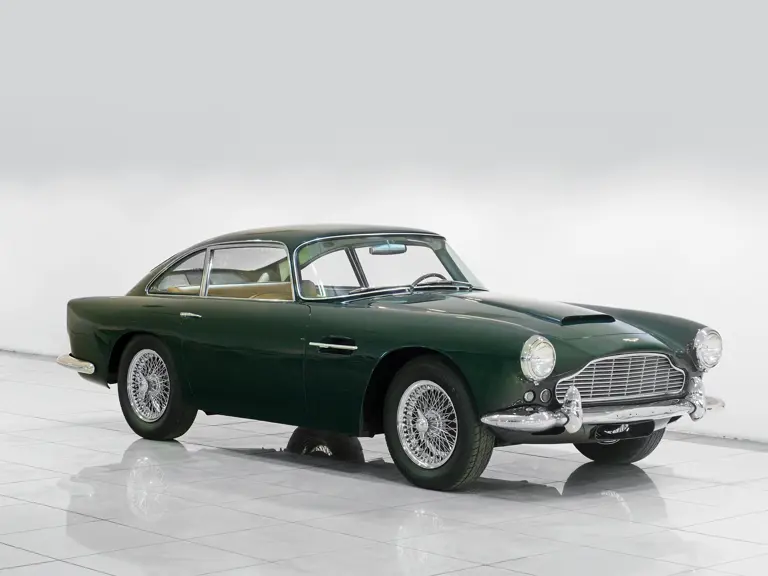
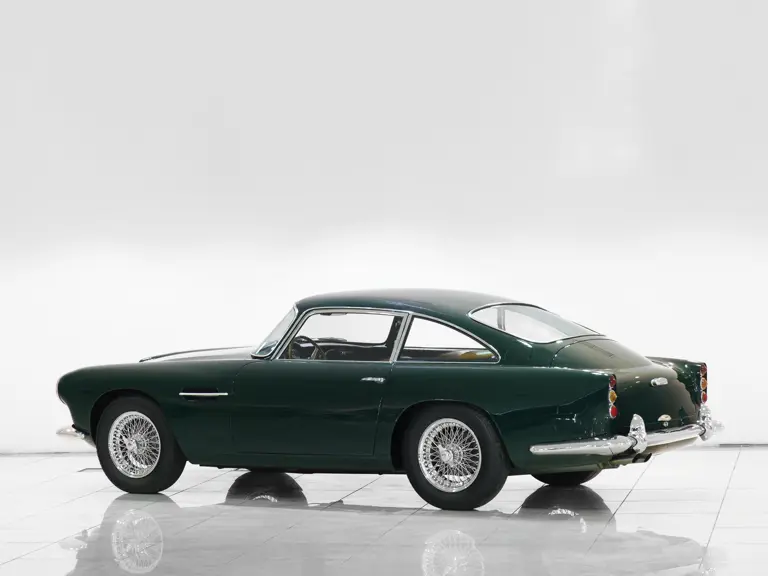

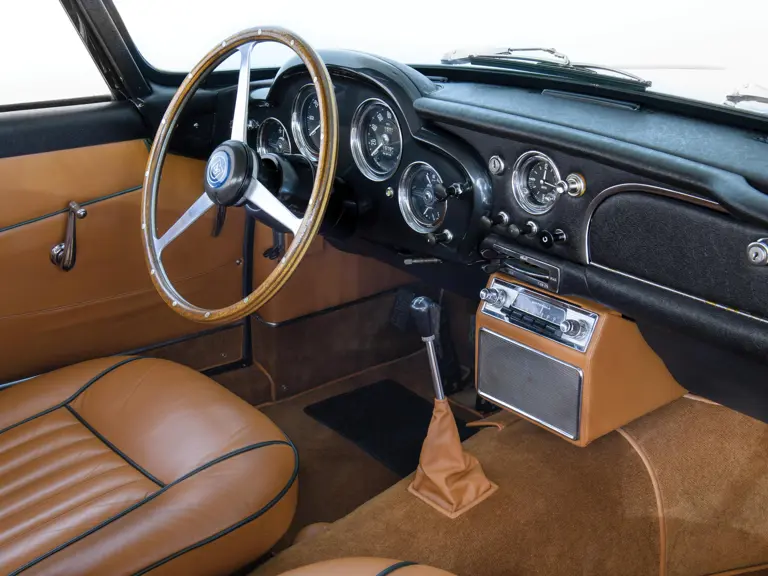
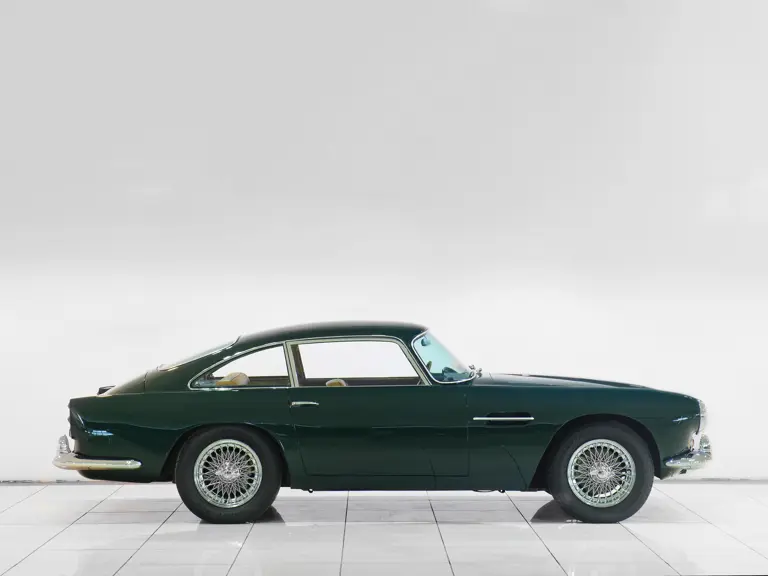
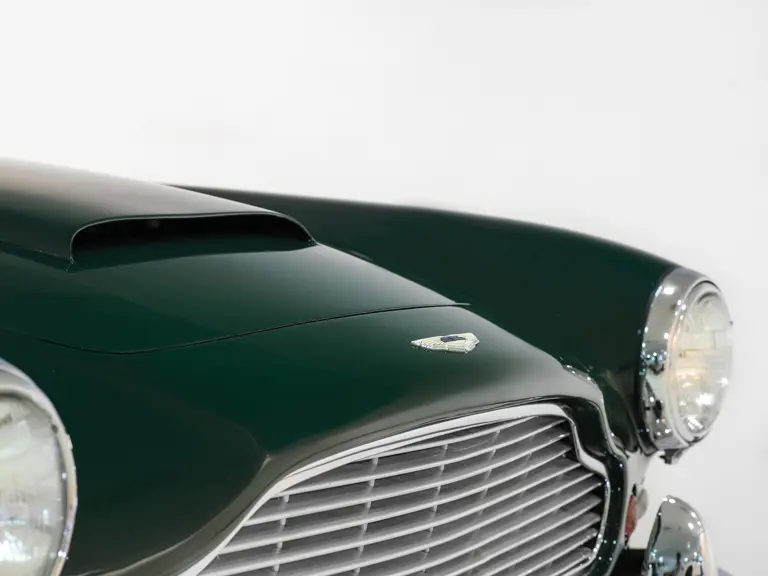



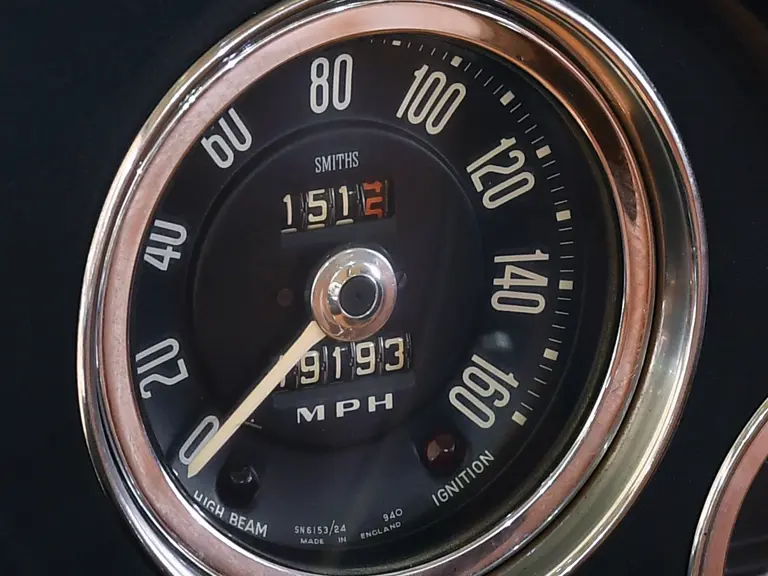
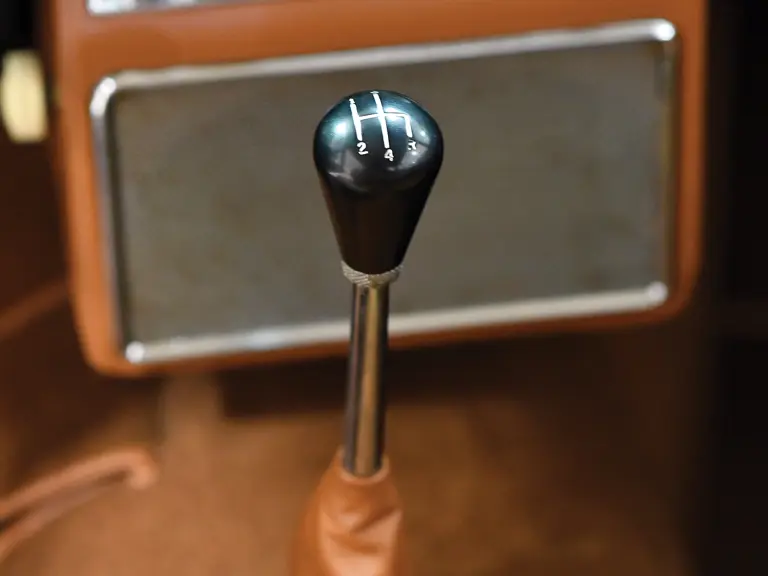
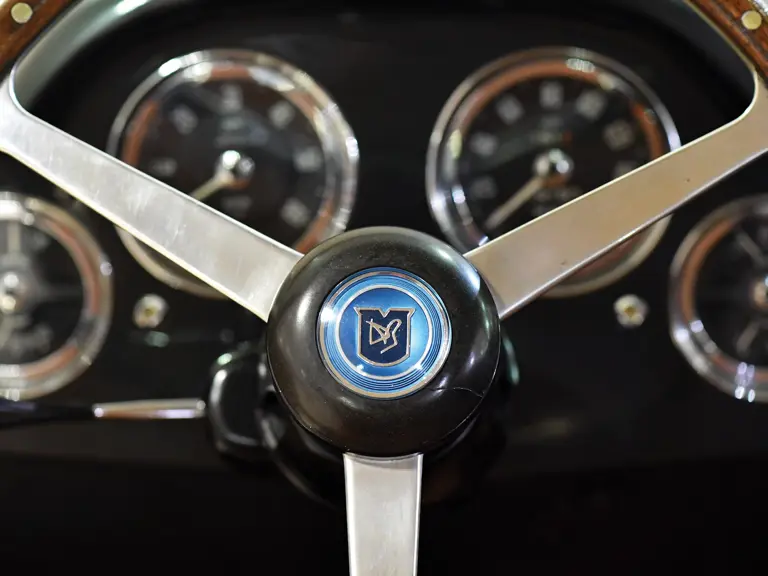
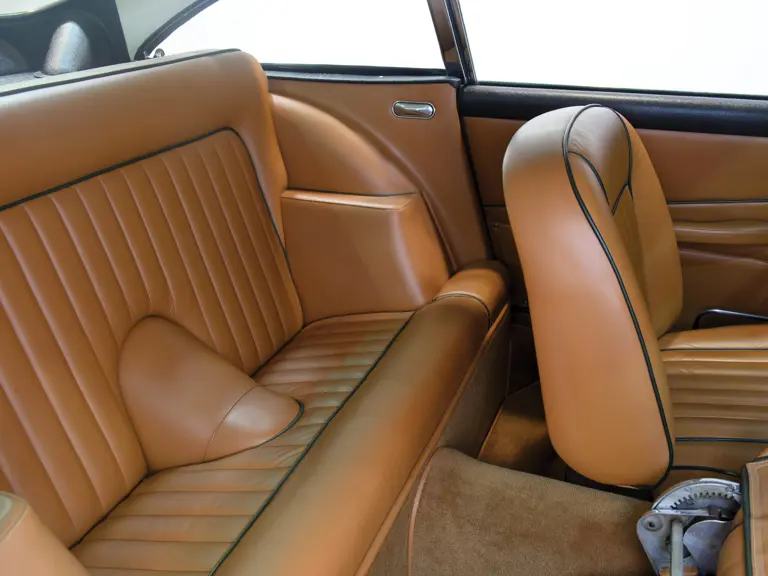


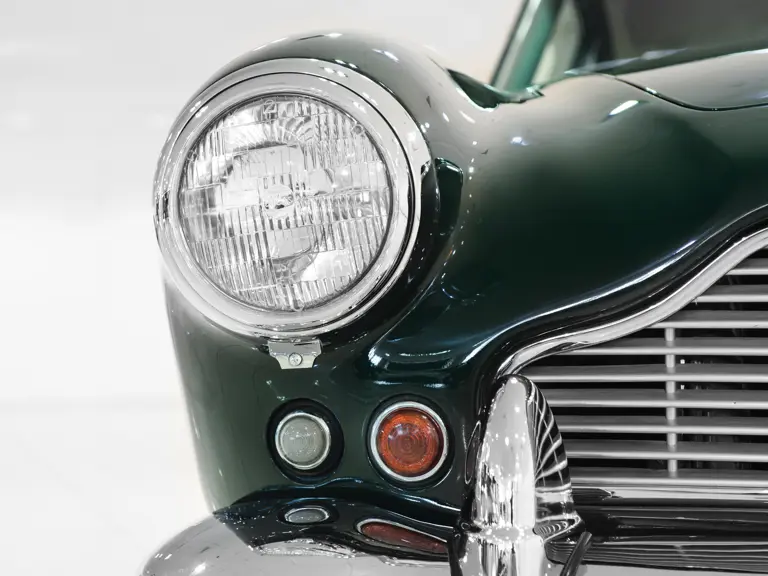
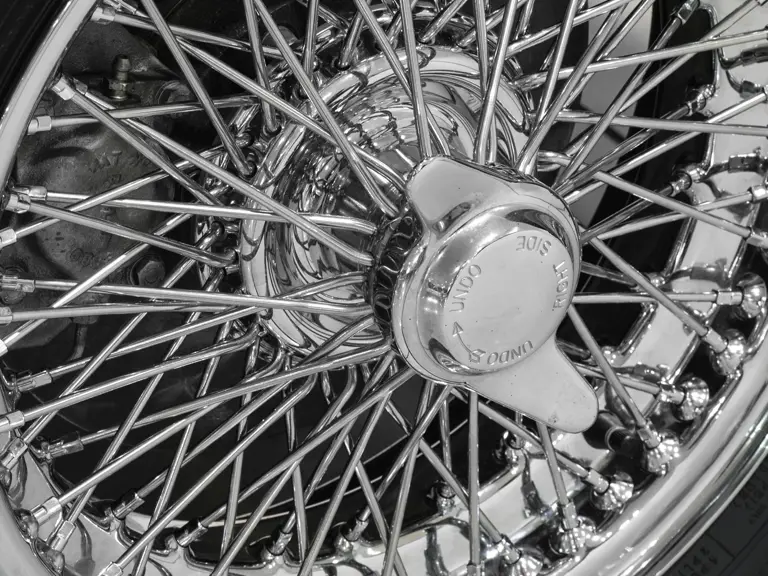
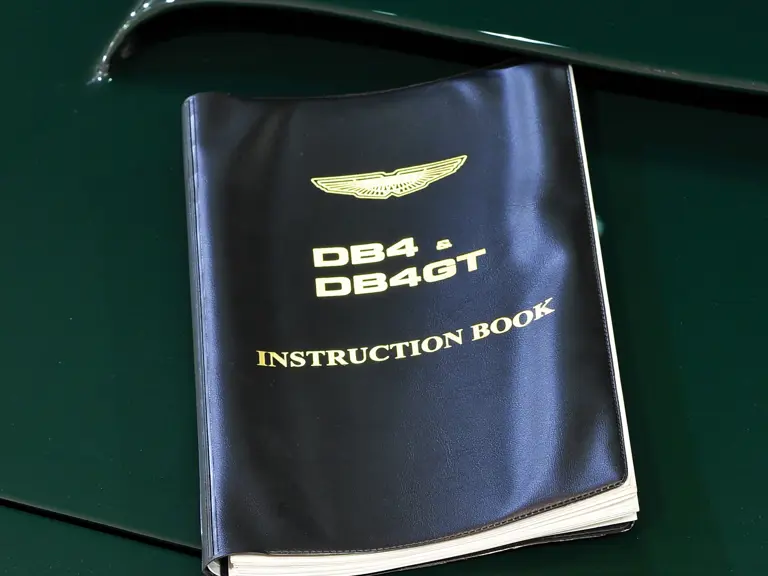
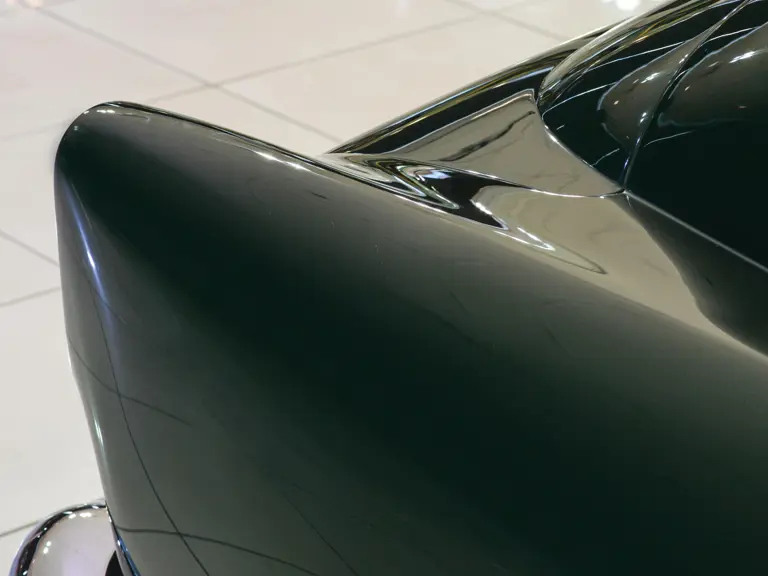
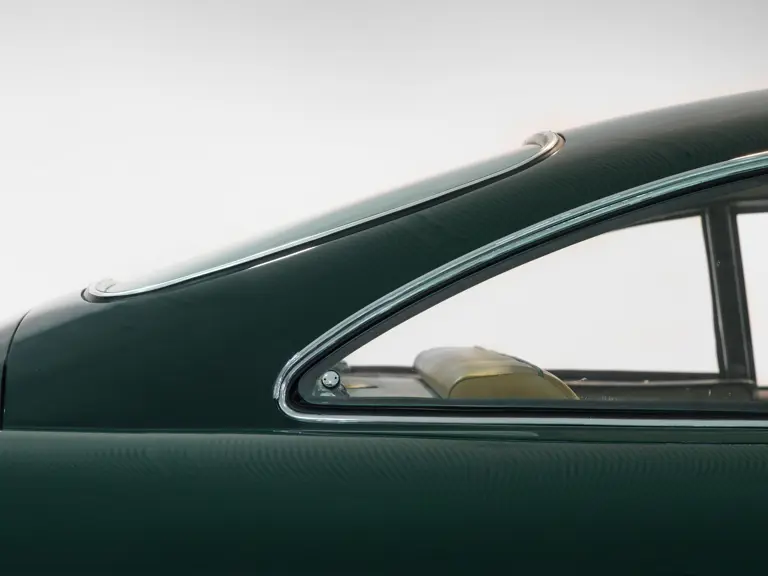
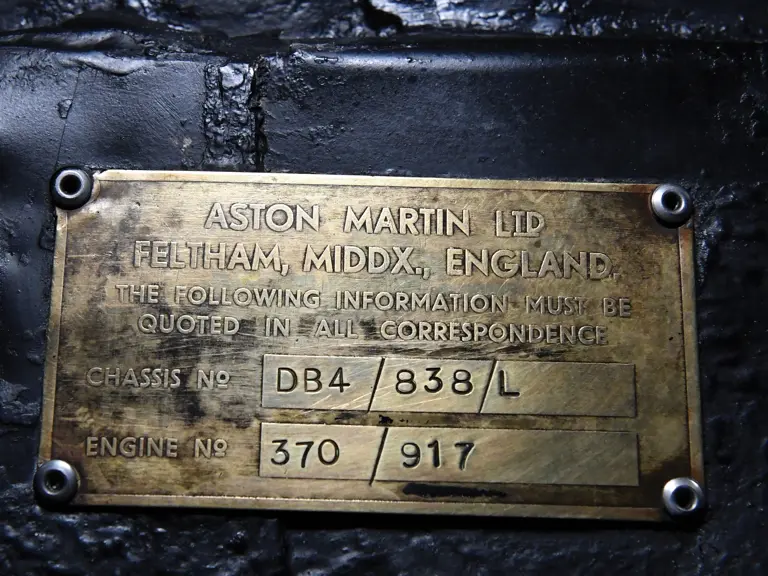
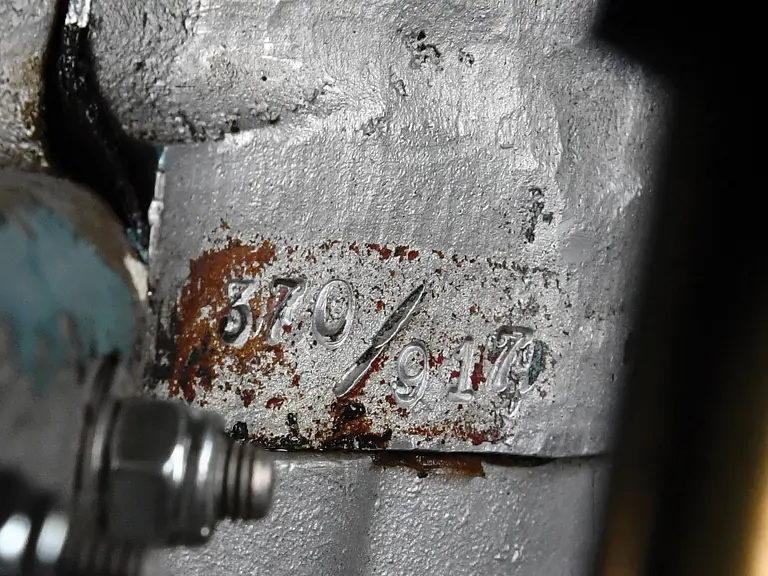
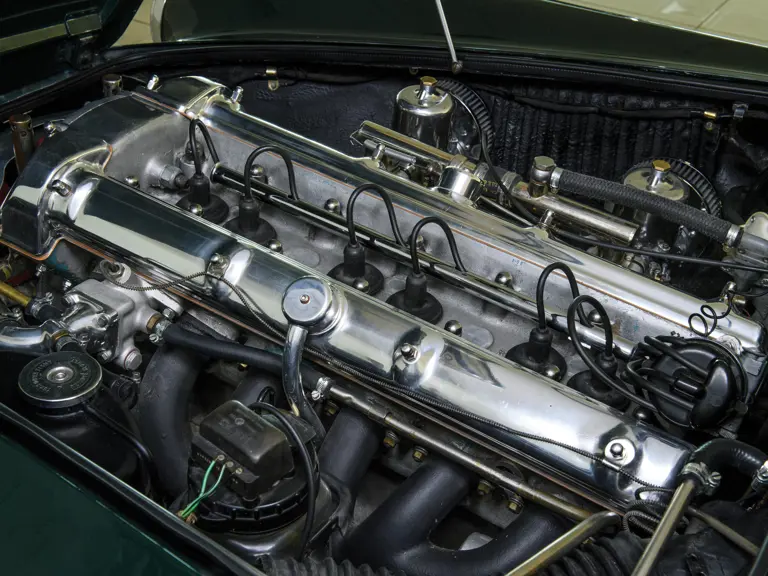

 | Paris, France
| Paris, France
